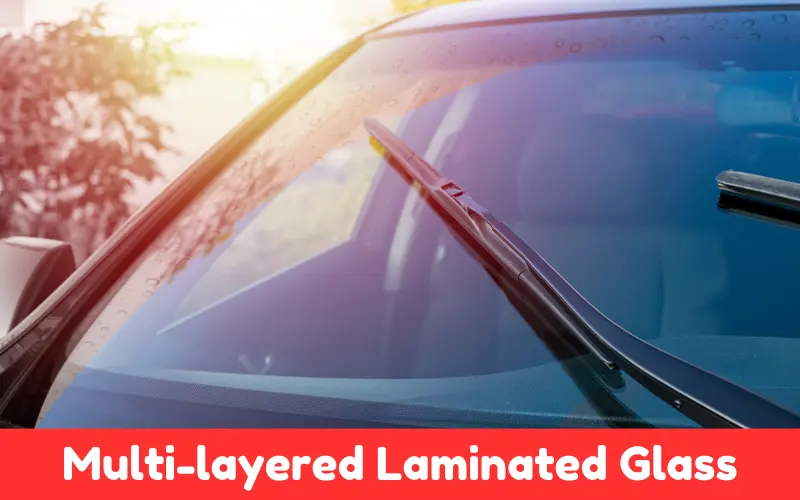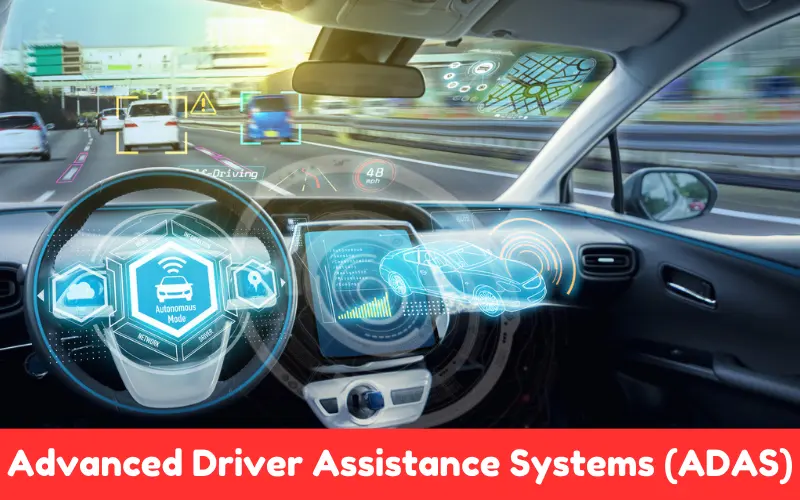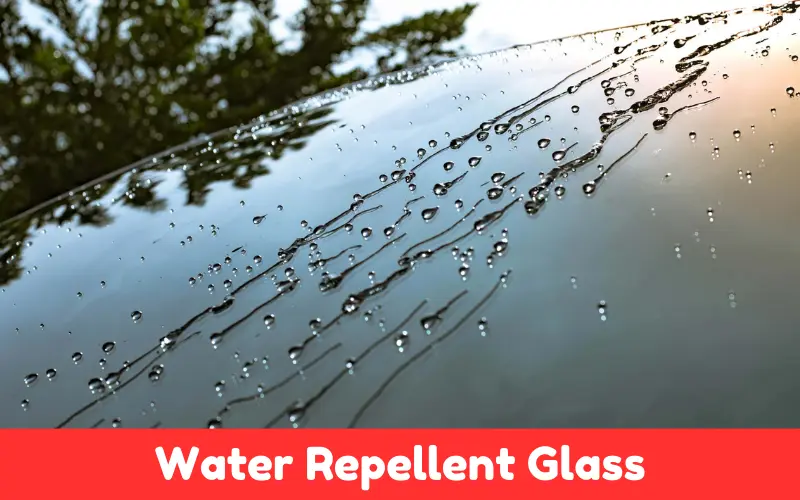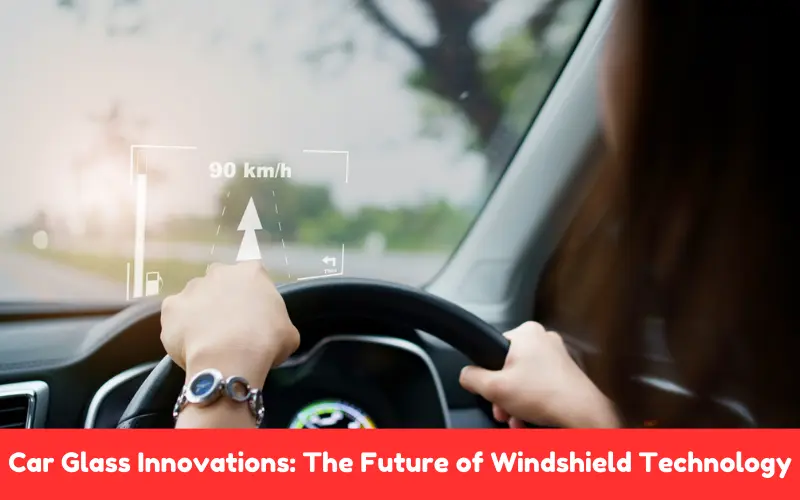Windshields are installed in your car to shield you from the elements and enhance the structural integrity and overall security of your vehicle and your passengers.
In fact, the windshields contribute up to 45% of the vehicle’s cabin structure during a front end collision and more than 60 percent during a rollover.
Besides the replacement of cane glass, the car’s safety and functionality were boosted through windshield innovations.
This blog discusses car glass innovations: the future of windshield technology from new materials like acoustic glass to smart features such as the heads-up display. Demonstrate how this has aided in boosting the safety of your car.
Article Summary
Current Windshield Trends
1. Latest Innovations in Windshield Materials
Back in the past, the windshield of a car was made of one layer of glass, only for the driver to be able to block the wind and resistance of small particles.
Nowadays, the windshield of a car can be made of more than one layer of glass, including advanced materials such as acoustic glass.to make it as comfortable and safe as it is today.
Also, there is a layer of glass to block road noise so drivers can focus on driving more peacefully. Before, the noise from the road came directly to the driver and made him uncomfortable.
Let’s have a quick look at two of the main achievements to make the windshield work better than before.
- Multi-layered Laminated Glass: The simple fact that this auto glass is called Multi-Layer Laminated Glass tells us that it consists of multiple layers of glass bonded with PVB interlayers. If the glass is cracked or shattered, it holds the broken pieces in place so passengers are not struck by sharp bits of glass. In addition, the PVB improves sound insulation and blocks ultraviolet (UV) rays.

- Acoustic Glass: Acoustic glass has two glass layers with a sound reducing intermediate interlayer, often made with polyvinyl butyral (PVB). This makes acoustic glass the best choice for reducing road noise, as it absorbs and prevents noises, such as from traffic, wind, and engines.
- Tempered Glass: Even though this is not a usual windshield material, tempered glass is often used on side and rear windows. It is way stronger than normal glass and is normally less vulnerable to impact.
2. Smart Glass Technology
Also commonly referred to as switchable glass, smart glass is an auto glass that adjusts tint or opacity based on the amount of light, ambient temperature, or electrical impulses that it is subjected to.
In doing so, drivers are able to manage glare, increase privacy, and maintain optimal visibility under changing conditions.
Smart glass is used in electrochromic, thermochromic, photochromic, and suspended particle devices (SPD).
Electrochromic glass, which is tinted electrically, can be controlled with a switch or app. Thermochromic glass darkens as it absorbs heat (and moonlight), reducing glare.
Photochromic glass is automatically adjusted in sunlight, as are transition lenses, and ”SPD” glass controls the entry of light by electrically aligning nanoparticles.
3. Advanced Driver Assistance Systems (ADAS)
A newer development is the integration of sensors and cameras into the windshield for vehicles Advanced Driver Assistance Systems (ADAS), which includes automatic emergency braking, lane keeping assistance, and forward collision warnings.
The AAA Foundation for Traffic Safety calculated that ADAS features FCW, AEB, LDW, LKA, and BSW installed in all vehicles would have prevented or mitigated 40 percent of all passenger vehicle crashes, 37 percent of passenger vehicle injuries, and 29 percent of passenger vehicle fatalities.

Furthermore, in a more recent survey involving 15,000 American drivers, 57 percent agreed that driving assistance or safety features should extend beyond the point of colliding with another vehicle.
Moreover, in a November 2019 Consumer Reports survey, 57 percent of those polled reported that at least one ADAS feature had helped avoid a crash.
4. Heads-Up Display (HUD) Integration
It shows how drivers can see all the crucial information about driving not on the dashboard but on the windscreen through the Heads-Up Display (HUD).
It conveys essential information such as relative speed, turn by turn navigation, and collision alerts.
Some HUDs (such as the one pictured) let drivers choose which data elements to display, enabling them to prioritize the very kind of information that would be helpful to them, like turn by turn navigation or traffic alerts in upcoming areas.
If you want your HUD to deliver its best, make sure that your windscreen is in good shape. Keep it clean regularly. Look for a quick car window glass repair service as soon as you see that there are minor chips or cracks in your windscreen.
This will prevent your display from being distorted and ensure that your vision is always crystal clear.
5. Water Repellent Glass
If you live in a place with frequent rains, then auto glass with water repellent properties is exactly what you need to keep your windshield dry while also improving your safety.
Because water beads up and rolls off much faster, the driver’s view is less distorted, with less streak water repellent glass on your windshield, which can also reduce the wear on your wipers since you less frequently have to use them.

Water repellent auto glass will also work well in winter because it reduces the formation of frost and snow on the windshield, saving you time in clearing your windows.
6. Heated Windshields
Designed for drivers of cars in colder climates, heated windshields can quickly melt frost, ice, and fog.
Such windshields heat the glass through a system of nearly invisible wires running along the upper and lower edges of the glass.
When they are turned on, they warm up to a temperature that melts any ice, snow, and frost and prevents the formation of fog.
Although a windshield heater is designed to melt frost in cold months, if your windshield gets wet and you turn it on in any month, it will remove condensation just as fast, right before it melts the frost on your windshield.
What’s Next for Windshield Innovations?
The future of windshield tech is going to get even more sophisticated. Soon, we will have augmented reality windshields that project critical driving information directly onto the glass, so information about turning directions, road hazards, and everything else will be readily available to the driver.
But at the same time, they will also drive superior materials with even higher tensile strength and resilience, such as the one atom thick carbon film known as graphene, producing windscreens with increased protection and energy efficiency.
Key Takeaways
Yes, we’ve come a long way from the conventional windshield of the past. But even now, there are certain limitations to the level of functionality the windshields of the future can offer.
For the windshield to function at all, you need to take good care of it and have it repaired promptly by professionals if it is chipped or cracked.

